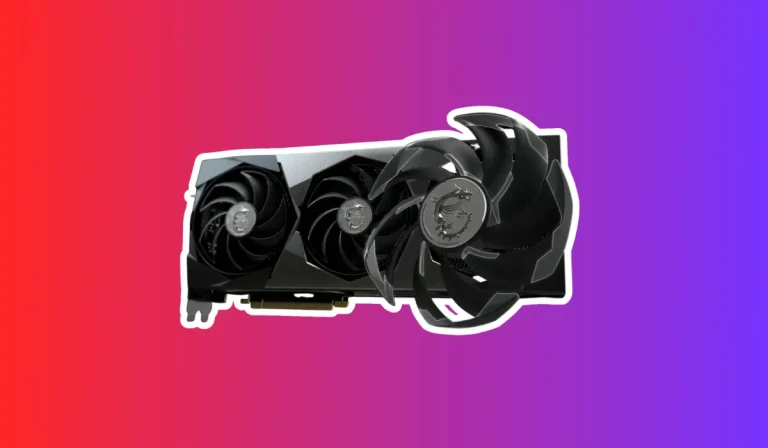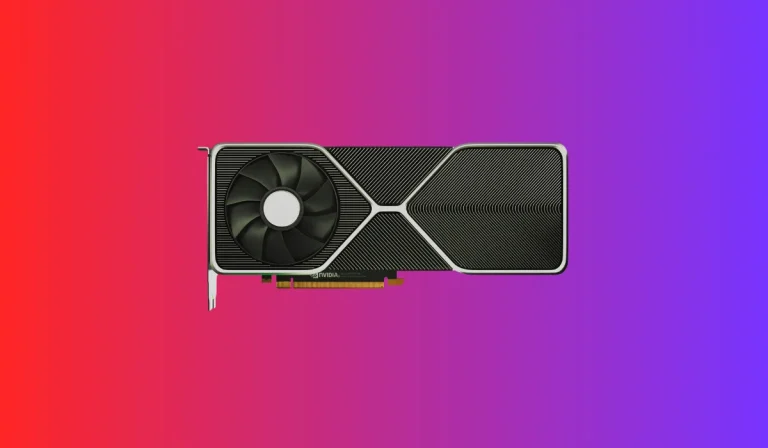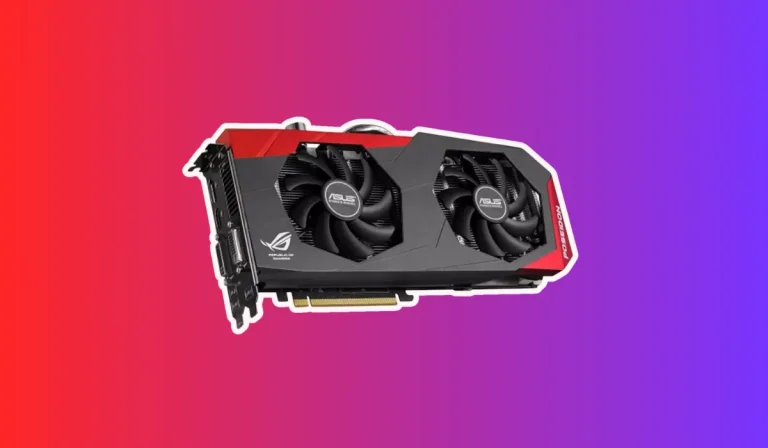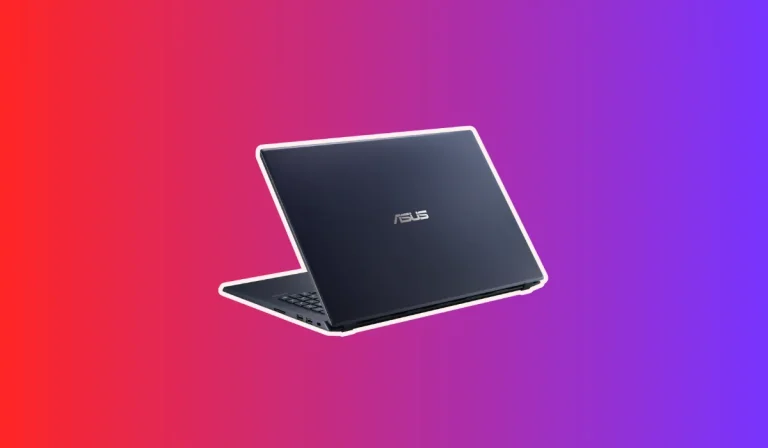Can a computer do POST without a CPU?
Have you ever wondered how a computer springs to life when you press that power button? Thanks to a crucial process called POST, or Power-On Self Test.
Theoretical Possibility of POST without a CPU
Distributed Computing and Parallel Processing
Distributed computing systems, where multiple computers work together on a task, can also play a role in a CPU-less POST. By dividing the POST tasks among multiple machines, each responsible for testing specific components, the overall time required for the POST can be significantly reduced.
This approach leverages the power of parallel processing, where multiple tasks are executed simultaneously, to expedite the boot-up process. With advancements in networking technology and improved communication protocols, distributed computing can potentially become a viable option for executing the POST.
Advantages and Challenges
The theoretical possibility of a CPU-less POST brings several potential advantages. By eliminating the need for a centralized CPU, the boot-up process can become more efficient, leading to faster system start-up times.
Alternative processing units, such as FPGAs or GPUs, can be highly specialized and optimized for specific tasks, potentially enhancing the performance and accuracy of the POST. Additionally, by exploring distributed computing systems, the POST can benefit from increased processing power and resource allocation.
However, there are also challenges to consider. Adapting the POST process to work seamlessly with alternative processing units requires significant modifications to existing codebases and may limit the range of tests that can be performed.
Ensuring compatibility and standardization across different hardware configurations can also be a complex task. Furthermore, the availability and cost of alternative processing units may pose additional challenges in implementing a CPU-less POST on a widespread scale.
Challenges and Limitations
Technical Difficulties
Implementing a CPU-less POST also poses technical difficulties. CPUs are specifically designed to handle complex instructions, execute algorithms, and manage system resources. Alternative processing units, such as FPGAs or GPUs, may not possess the same level of flexibility and versatility.
Adapting the POST process to work efficiently with these units would require significant modifications to the existing codebase and potentially limit the range of tests that can be performed. Additionally, alternative processing units might lack the necessary instruction sets or hardware capabilities to execute certain aspects of the POST, further adding to the technical challenges.
Resource Allocation and Performance
Another limitation to consider is resource allocation and performance. CPUs are optimized for general-purpose computing tasks and are equipped with cache memory, branch prediction, and other features that enhance performance. Alternative processing units, on the other hand, may prioritize different aspects of computation, such as parallel processing or specialized calculations.
Allocating resources and ensuring optimal performance across various units during the POST can be a complex task. Balancing the requirements of different components and achieving efficient resource utilization can be a significant challenge when eliminating the CPU from the equation.
Future Implications and Research
Standardization and Compatibility Efforts
To make the concept of a CPU-less POST a practical reality, efforts in standardization and compatibility will be crucial. Establishing standardized protocols and interfaces that allow different processing units to seamlessly integrate and communicate will ensure widespread adoption and compatibility across various hardware configurations.
Collaborative research and industry-wide initiatives can significantly drive the development and implementation of these standards, enabling the smooth transition to alternative processing units for executing the POST.
Addressing Technical Challenges
Addressing the technical challenges associated with a CPU-less POST will require ongoing research and development. This includes exploring ways to adapt the existing POST codebase to work efficiently with alternative processing units, overcoming hardware limitations, and finding innovative solutions to resource allocation and performance optimization.
Collaborative efforts between hardware manufacturers, software developers, and researchers will be essential in overcoming these challenges and pushing the boundaries of what is possible in computer boot-up processes.
FAQ’s
1. Can a computer perform the Power-On Self Test (POST) without a CPU?
No, the Power-On Self Test (POST) is a critical process that requires a CPU to initialize and perform various tests on the computer’s hardware components. The CPU is responsible for executing the necessary instructions and algorithms during the POST.
2. Is it possible to replace the CPU with an alternative processing unit for the POST?
While ongoing research is exploring the possibility of using alternative processing units such as Field-Programmable Gate Arrays (FPGAs) or Graphics Processing Units (GPUs) for certain tasks, a complete replacement of the CPU for the POST is not currently feasible. The CPU’s role in executing instructions and coordinating the boot-up process is integral to the functioning of the POST.
3. Can distributed computing systems or parallel processing replace the need for a CPU during the POST?
While distributed computing systems and parallel processing can enhance the overall performance and speed of the POST, they cannot completely replace the need for a CPU. These approaches can divide the workload and allow multiple machines to work together, but a CPU is still required to coordinate and manage the POST process.
4. Are there any benefits to exploring alternative processing units for the POST?
Yes, exploring alternative processing units such as FPGAs or GPUs can bring potential benefits to the POST process. These units can be highly specialized and optimized for specific tasks, potentially improving the efficiency and accuracy of the POST. However, they are typically used as complementary components alongside the CPU, rather than as replacements.
5. Will a CPU-less POST be implemented shortly?
While the idea of a CPU-less POST is intriguing, it is still largely theoretical. There are several technical challenges, including adapting existing codebases, ensuring compatibility, and addressing cost considerations.
Conclusion
while a CPU-less POST may not be on the immediate horizon, advancements in technology continue to push the boundaries of what is possible. Continued research and development in alternative processing units, standardization efforts, and addressing technical challenges are key in shaping the future of computer boot-up processes.






